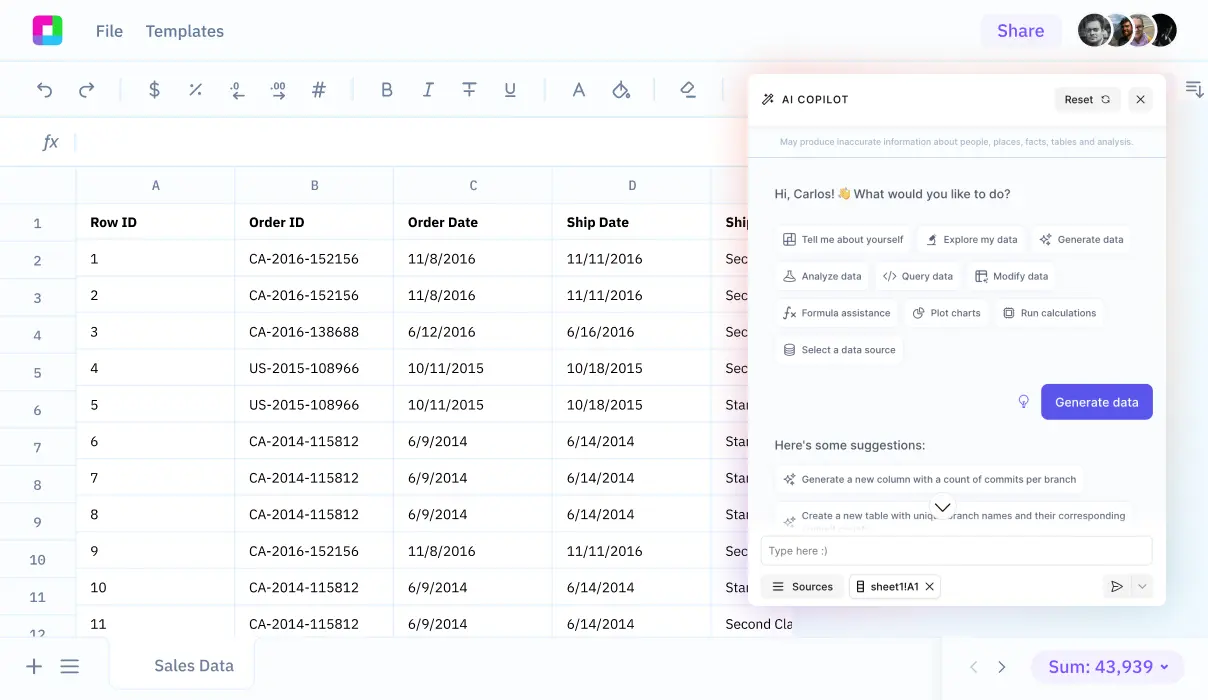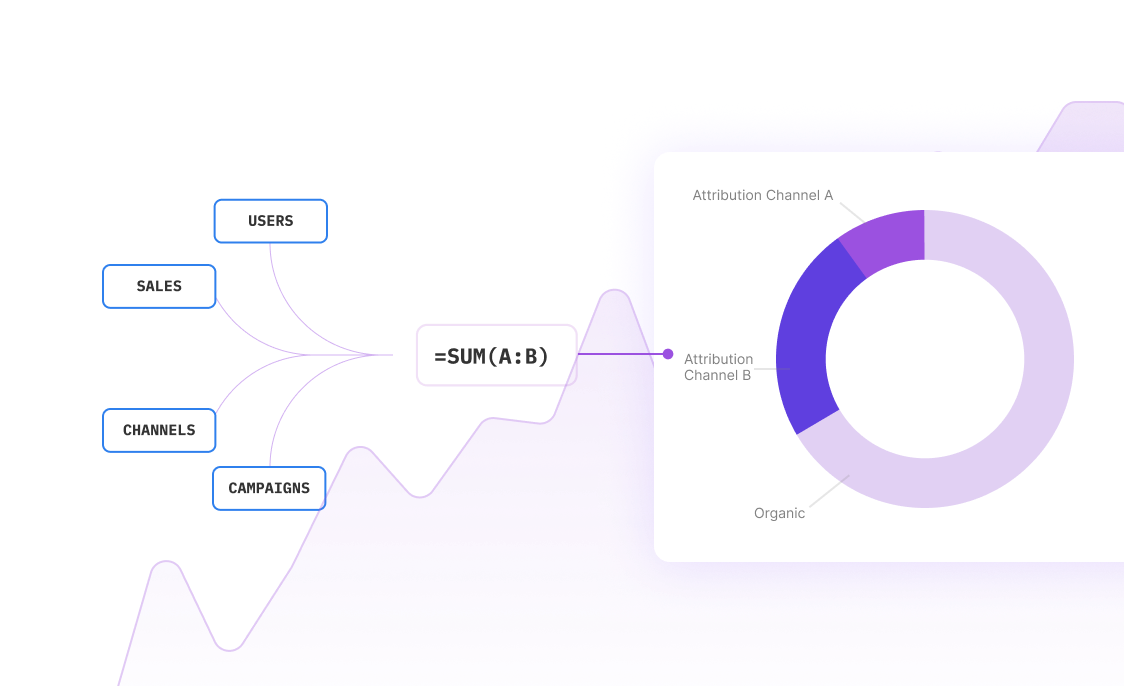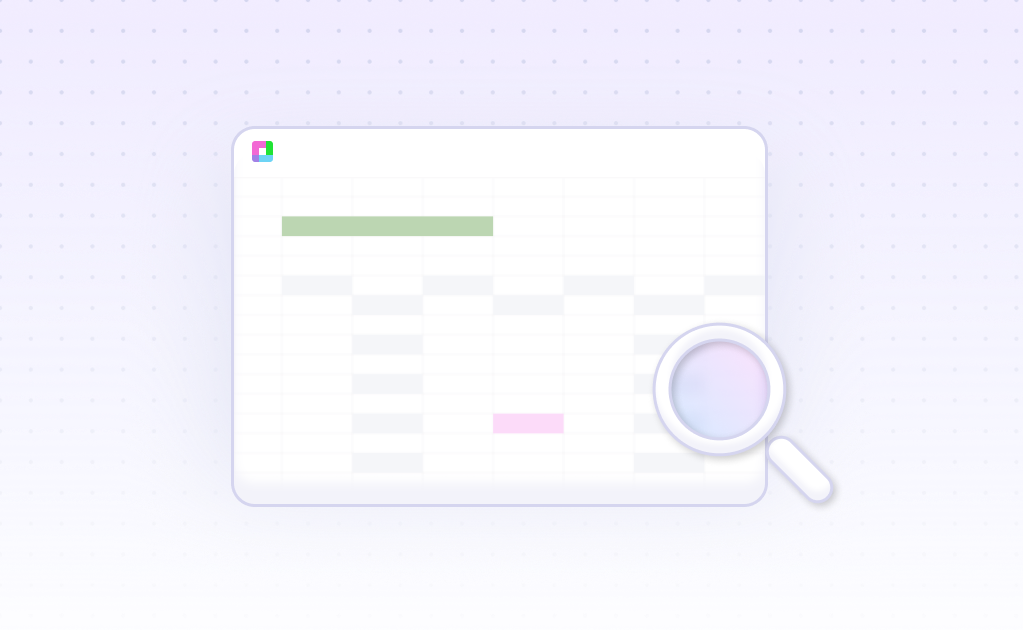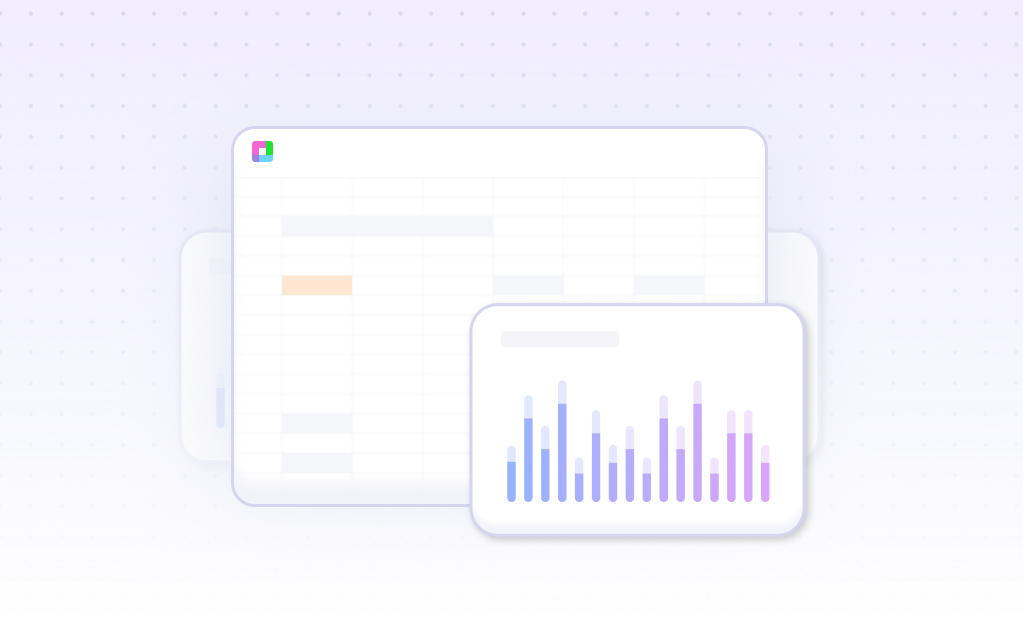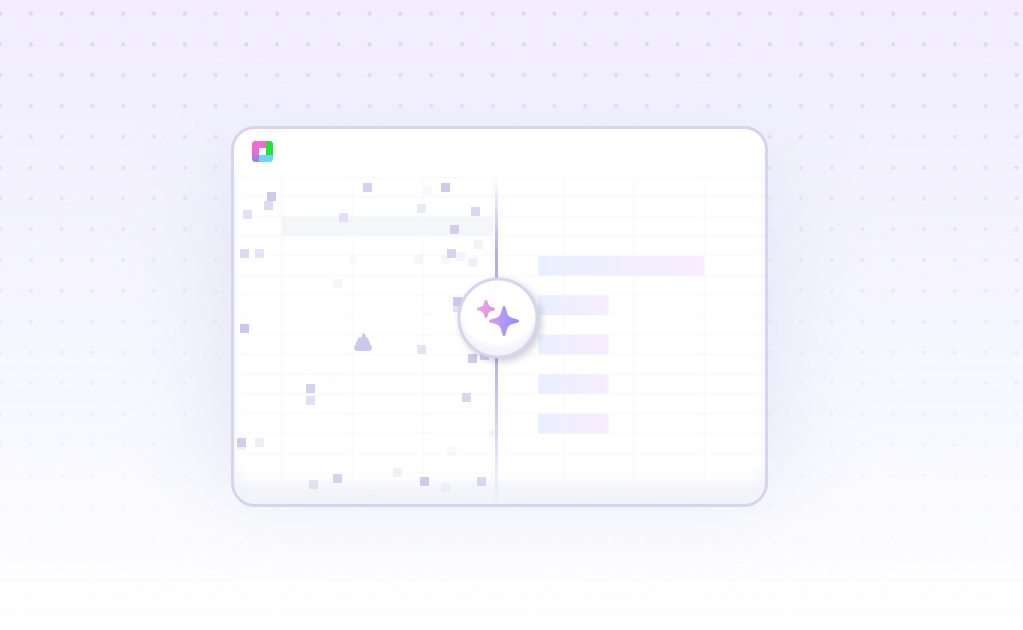
Introduction
Financial segment analysis helps businesses understand performance across product lines, regions, and business units. Excel remains a popular tool for organizing financial data, calculating ratios, spotting variances, and creating visualizations that enhance data storytelling. While Excel requires manual formula creation and data cleaning, Sourcetable offers an AI-powered alternative that automates these tasks.
Sourcetable combines AI-driven formulas like SUM and VLOOKUP with automated chart generation and data cleaning capabilities. The platform integrates with SQL and Python for advanced analysis while offering voice-driven data interaction. Through integrations with over 100 platforms including Quickbooks, Shopify, and Hubspot, Sourcetable streamlines the entire financial analysis workflow.
Let's explore how Sourcetable's AI capabilities transform financial segment analysis, which you can experience at sourcetable.com/signup.
Why Sourcetable Is the Best Tool for Financial Segment Analysis
Sourcetable combines Excel's core functionality with AI-powered natural language processing, making financial statement analysis more efficient and accessible. Like Excel, it offers essential features including audit trails, calculators, charting capabilities, and multi-user collaboration. However, Sourcetable's AI integration streamlines complex analytical workflows that would be manual and time-consuming in Excel.
Financial statement analysis through Sourcetable helps businesses identify growth opportunities, assess financial health, and monitor key metrics including profitability, liquidity, and operational efficiency. Its AI capabilities automate data collection and processing, enabling faster identification of trends and potential risks than traditional spreadsheet analysis.
Key Advantages Over Excel
While Excel requires manual formula creation and data manipulation, Sourcetable lets users analyze financial statements using natural language commands. This feature drastically reduces the time needed to transform raw financial data into actionable insights. Users can quickly generate visualizations and reports that help assess creditworthiness, measure investment potential, and evaluate business performance.
Sourcetable's AI-powered platform supports better decision-making by automatically identifying trends and patterns in financial statements. This systematic approach to financial analysis helps managers optimize operations, while giving investors and lenders clearer insights for evaluating opportunities and risks.
Benefits of Financial Segment Analysis with AI-Powered Spreadsheets
Why Financial Segment Analysis Matters
Financial segment analysis provides crucial insights into different business activities and economic environments. It enables users to better understand company performance and assess future cash flow prospects. This detailed view helps stakeholders make informed decisions about the organization as a whole.
Advantages of Using Sourcetable for Segment Analysis
Sourcetable's AI-powered platform streamlines financial segment analysis through efficient data organization and visualization capabilities. The software processes CSV files quickly and reliably, while its AI assistant simplifies complex analytical tasks. These features enable faster, more accurate financial segment reporting.
Sourcetable vs Traditional Spreadsheets
Unlike traditional spreadsheets, AI-powered solutions provide advanced analysis capabilities through modern programming languages. Sourcetable's intuitive interface and automation features accelerate data processing and visualization tasks. This technological advantage delivers more efficient and thorough segment analysis outcomes.
Financial Segment Analysis Examples with Sourcetable AI
Sourcetable provides advanced financial analysis capabilities through AI-powered insights. The platform identifies trends and patterns in financial data to enable better decision-making across multiple analysis types.
Performance Analysis Types
Vertical analysis examines financial statements by expressing each line item as a percentage of a base figure. Horizontal analysis compares financial data over time to identify trends. Liquidity analysis assesses a company's ability to meet short-term obligations, while profitability analysis evaluates earnings performance.
Risk and Growth Analysis
Scenario analysis evaluates multiple potential outcomes based on different variables. Sensitivity analysis measures how changes in one variable affect financial outcomes. Variance analysis compares actual versus projected performance. Leverage analysis examines the use of borrowed funds.
Operational Analysis
Efficiency analysis measures how effectively a company uses its resources. Cash flow analysis tracks the movement of money through the business. Growth analysis examines expansion rates across different metrics. Rate of return analysis calculates investment performance using formulas like ROI = (Net Profit / Investment Cost) x 100.
Financial Segment Analysis Use Cases for Sourcetable
Customer Segmentation Automation |
Use AI-powered automation to clean, categorize, and analyze customer data. Generate segmentation reports with improved accuracy through automated workflows. |
Persona Development |
Create detailed customer personas by analyzing financial trends and behaviors. Leverage AI insights to optimize strategic planning for each customer segment. |
Automated Financial Forecasting |
Generate accurate financial forecasts using AI trend analysis. Improve decision-making through automated scenario analysis and budgeting tools. |
Customer Goal Analysis |
Analyze customer financial data to identify solutions that meet specific goals. Automate document verification and financial task completion for targeted segments. |
Frequently Asked Questions
What is financial segment analysis in Sourcetable and why is it important?
Financial segment analysis in Sourcetable breaks down financial data by specific business segments, providing insights into which areas are performing well and which need improvement. This analysis helps manufacturers enhance profitability by identifying underperforming segments.
How does Sourcetable's AI assist with financial segment analysis?
Sourcetable's AI assistant can analyze CSV files, spreadsheets, and databases using natural language queries. It offers capabilities for text-to-SQL, data cleaning, chart creation, workbook analysis, and formula assistance, all while leveraging cloud computing for faster analysis than traditional Excel.
What advanced data visualization capabilities does Sourcetable offer for financial analysis?
Sourcetable can transform and present data in 3D and 4D spaces, perform vector queries, and plot data in 3D. It can handle any CSV or database format and convert analysis into Excel-compatible formats.
Conclusion
Excel remains a powerful tool for financial segment analysis, enabling detailed examination of data by product line, region, or business unit. Its ability to calculate ratios, spot variances, and create supporting sheets makes it valuable for financial storytelling. However, Sourcetable offers an AI-powered alternative that eliminates the need for Excel expertise.
Sourcetable combines AI-driven formulas, automated data cleaning, and intelligent chart generation to streamline financial analysis. Its integration with SQL and Python provides advanced analytical capabilities, while voice interaction makes data manipulation intuitive. Try Sourcetable's AI-powered financial segment analysis at sourcetable.com/signup.
Frequently Asked Questions
If you question is not covered here, you can contact our team.
Contact Us
